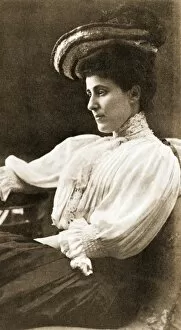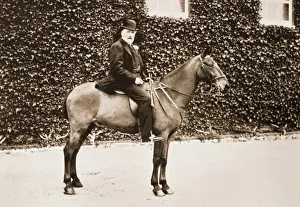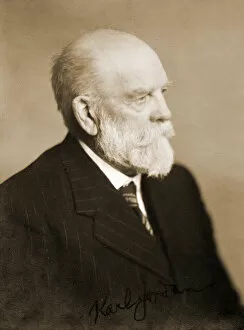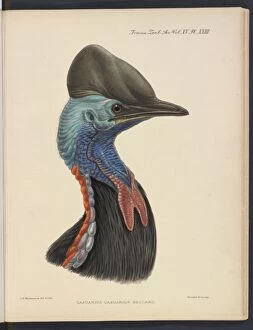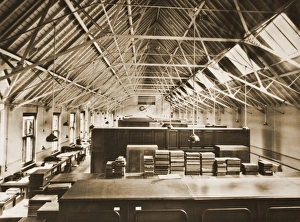Walter Rothschild Zoological Museum Collection
The Walter Rothschild Zoological Museum, named after its founder Walter Rothschild, is a treasure trove of natural history located in Tring, Hertfordshire
All Professionally Made to Order for Quick Shipping
The Walter Rothschild Zoological Museum, named after its founder Walter Rothschild, is a treasure trove of natural history located in Tring, Hertfordshire. Born into the prominent Rothschild family, Walter was an avid collector and zoologist who dedicated his life to the study and preservation of wildlife. Walter's passion for nature was inherited from his mother Emma Rothschild, who instilled in him a deep appreciation for the natural world. Inspired by her love for animals, he embarked on numerous expeditions around the globe to gather specimens that would later form the foundation of this remarkable museum. Assisting Walter in his endeavors was Dr Karl Jordan, a renowned entomologist whose expertise greatly contributed to expanding the museum's insect collection. Together with other notable figures like Ernst Hartert and Alfred Minall - a talented taxidermist - they transformed this institution into one of Europe's most comprehensive collections of animal specimens. The museum boasts an impressive array of exhibits showcasing various species from all corners of the Earth. Among them are magnificent birds such as Southern cassowaries and Northern cassowaries meticulously illustrated by JG Keulemans. These stunning displays capture both their beauty and unique characteristics. In 1930, Tring had the honor of hosting the Ornithological Congress where distinguished ornithologists from across the globe gathered to exchange knowledge and marvel at this extraordinary collection. The event marked a significant milestone in advancing avian research worldwide. Throughout its rich history, caretaker Fred Young played an integral role in maintaining this vast assortment of creatures. His dedication ensured that each specimen remained preserved for future generations to appreciate and learn from. Tring Park surrounding the museum also became home to emus and rheas under Walter's care. These majestic flightless birds added another dimension to visitors' experience as they roamed freely within their designated habitats.

